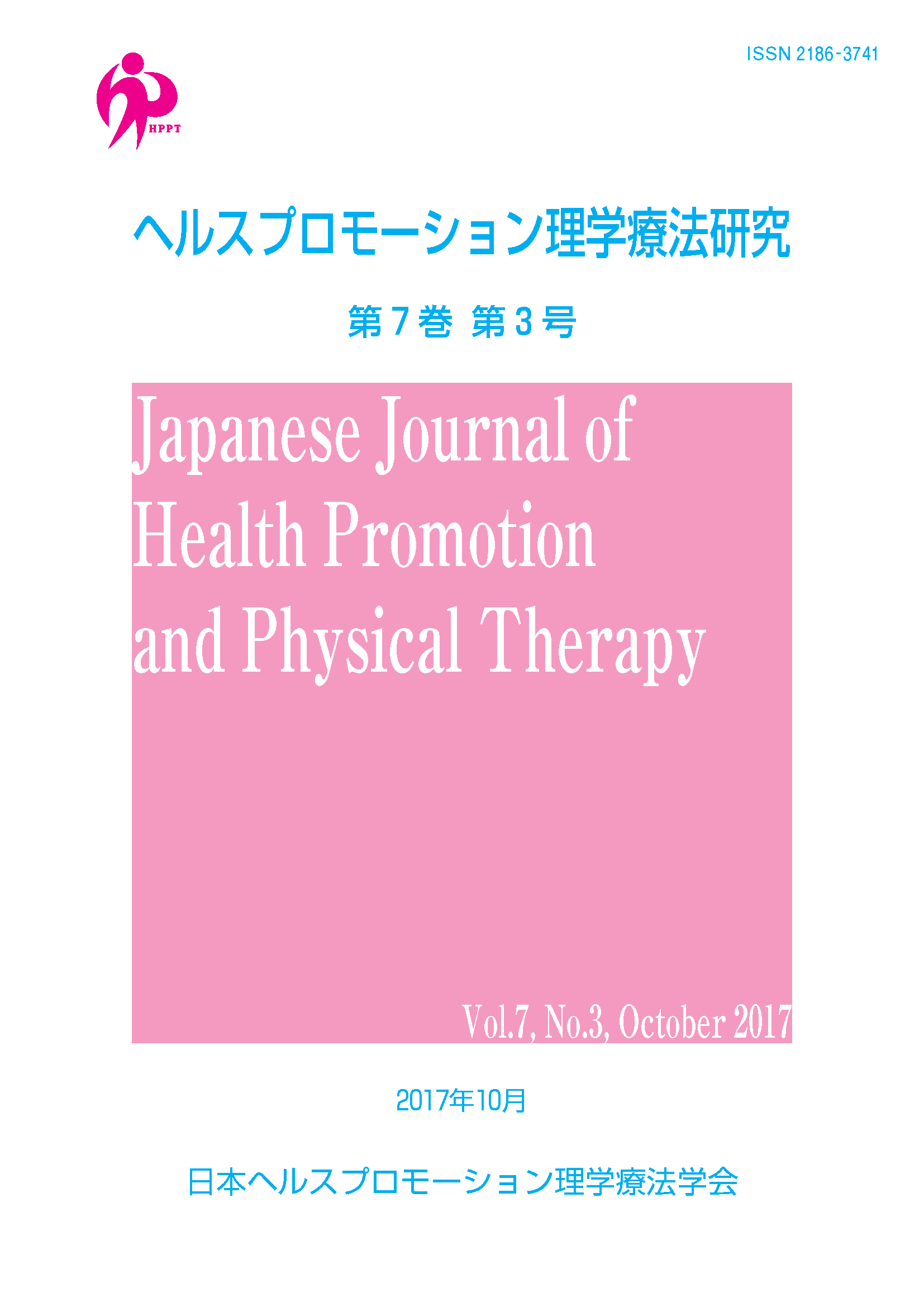Volume 7, Issue 3
Displaying 1-7 of 7 articles from this issue
- |<
- <
- 1
- >
- >|
ORIGINAL ARTICLES
-
2017Volume 7Issue 3 Pages 101-108
Published: October 06, 2017
Released on J-STAGE: October 05, 2017
Download PDF (815K)
SHORT REPORT
-
2017Volume 7Issue 3 Pages 109-113
Published: October 06, 2017
Released on J-STAGE: October 05, 2017
Download PDF (395K) -
2017Volume 7Issue 3 Pages 115-119
Published: October 06, 2017
Released on J-STAGE: October 05, 2017
Download PDF (281K) -
2017Volume 7Issue 3 Pages 121-126
Published: October 06, 2017
Released on J-STAGE: October 05, 2017
Download PDF (299K) -
2017Volume 7Issue 3 Pages 127-131
Published: October 06, 2017
Released on J-STAGE: October 05, 2017
Download PDF (300K) -
2017Volume 7Issue 3 Pages 133-137
Published: October 06, 2017
Released on J-STAGE: October 05, 2017
Download PDF (350K) -
2017Volume 7Issue 3 Pages 139-141
Published: October 06, 2017
Released on J-STAGE: October 05, 2017
Download PDF (221K)
- |<
- <
- 1
- >
- >|
